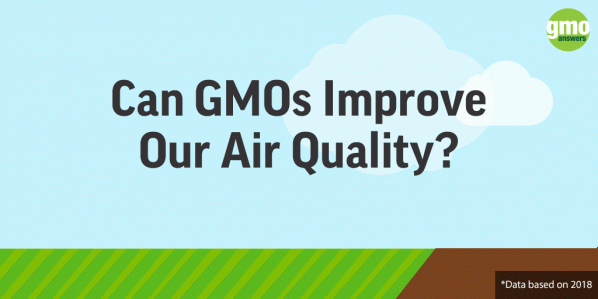Question
I have read from various sources that the combination of GMO plants and the patented chelatorherbicide glyphosate change the composition of soil, sometimes make it very difficult to sow and grow nongmo seeds ever again. Is this true?
Submitted by: Transparency
Answer
Expert response from Kristin Huizinga, Ph.D.
Chemistry Regulatory Affairs Manager, Bayer Crop Science
Monday, 14/04/2014 14:42
Many claims have been made on the Internet that use of glyphosate-resistant (GR) crops and glyphosate can change the composition of soil because glyphosate is a strong chelator- a compound that can bind with metal ions- that will bind to micronutrients in soil. It is also claimed that this will increase the potential for disease to affect plants, or even cause new pathogenic bacteria to be present in the soil that can affect plant, animal and human health. These have all been used as reasons for why it would be difficult to grow a non-GM crop on land that was previously used to grow GR crops in combination with glyphosate use.
I’d first like to tackle the assumption that glyphosate is a strong chelator that will remove micronutrients from soil. I recommend reviewing a response that my colleague Marian Bleeke provided on this subject (http://gmoanswers.com/ask/i-dont-understand-how-you-can-say-gmo-food-safe-when-farmers-are-spraying-glyphosate-their-crops), in which she explains that glyphosate is actually one of many chelators in soil and that it degrades quickly, with a half-life of approximately one month. Additionally, a recent review of the scientific literature on glyphosate by multiple public-sector scientists (Duke et al., 2012) concluded that glyphosate is actually a weak chelator and that the concentration of a micronutrient such as manganese would not be reduced significantly in soil, even at the highest recommended application rates of glyphosate. In fact, reduction in soil micronutrient concentrations due to glyphosate use has not been demonstrated.
Similarly, the review I mentioned above shows that there is no evidence that use of GR crops and glyphosate increases the occurrence of crop diseases. If there were a significant micronutrient deficiency or disease problem, it would be expected that yields of GR crops would decrease over time. This has not been the case, and yield data for crops such as corn, cotton and soybeans, which are grown predominately as GR varieties, show that yields continue to increase yearly.
The claim that glyphosate use has resulted in the emergence of a new pathogen that can infect plants, animals and humans was made by Dr. Don Huber and has been widely spread through the Internet. Dr. Huber has not been able to provide the public with any concrete information on what this organism is and has turned down offers to have it identified by independent scientists. For an excellent example of this, please check this link regarding an exchange between Dr. Kevin Folta and Dr. Don Huber: http://kfolta.blogspot.com/2013/11/a-generous-offer-to-dr-huber.html. In short, there is absolutely no scientific evidence that this novel pathogen exists. Lastly, farmers often rotate between GM and non-GM crops. For example, many farmers will rotate at the end of growing season to a crop such as winter wheat after growing GR soybeans and applying glyphosate. None of the winter wheat varieties grown commercially in the United States are genetically modified, and there have been no reports that wheat yields decrease if grown after GR soybeans.
How Do GMOs Benefit The Environment?



